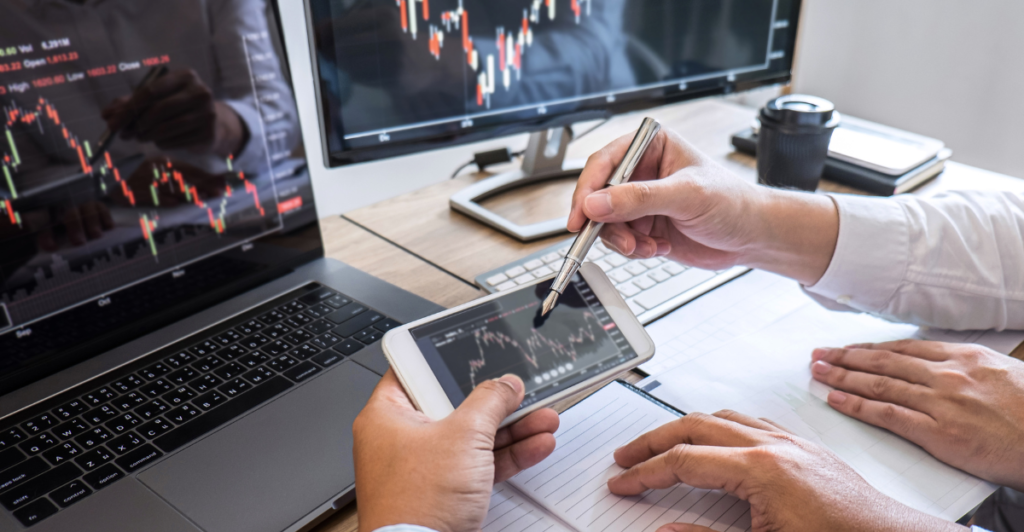
With the ever-changing investment environment, the war between active and passive investing has reached a watershed moment in 2025. Active fund managers have traditionally worked to outperform market benchmarks through astute stock selection and timing. However, current trends and data indicate a sharp shift towards passive investing, where funds mimic market indexes, offering investors a mix of simple, affordable, and competitive returns. This article discusses the many reasons why passive investment has outperformed active investment this year, exploring historical contexts, market dynamics, and the broader implications for investors navigating today’s financial markets.
The Evolution of Passive Investing

Passive investing became popular in the 1970s with the introduction of index funds designed to replicate the market. Over time, as active managers failed to consistently outperform the market, investors gravitated toward using passive investment methods. This shift in showed a greater understanding of the efficiency and reliability inherent to passive investing.
Evidence of Passive Outperformance
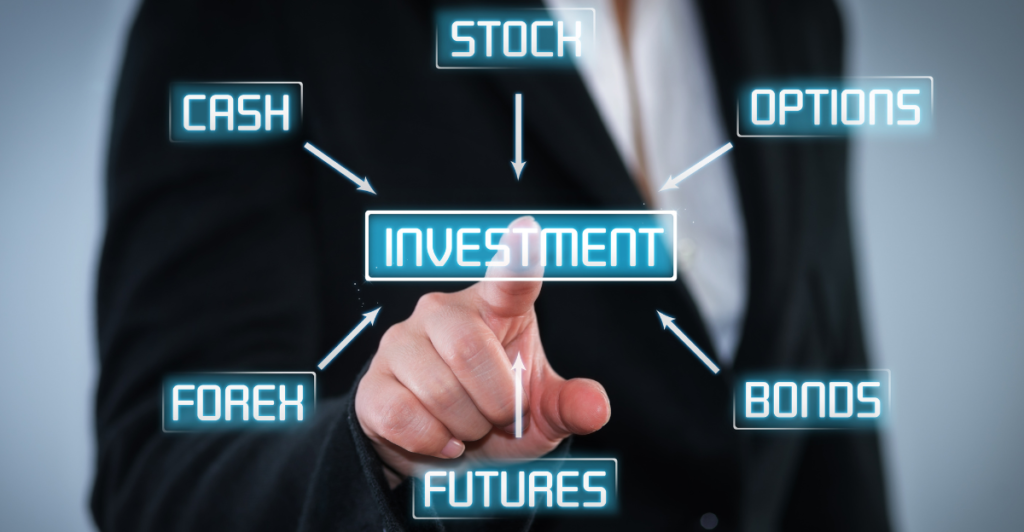
Recent research emphasizes that passive funds have persistently outperformed their active counterparts. The S&P Global Ratings 2024 year-end report demonstrated that passive index funds performed better than nearly two-thirds of actively managed funds, a trend observed across all asset classes and time horizons. Such evidence contradicts the effectiveness of active management and suggests that passive investing is a better approach for most investors.
Cost and Fee Structures
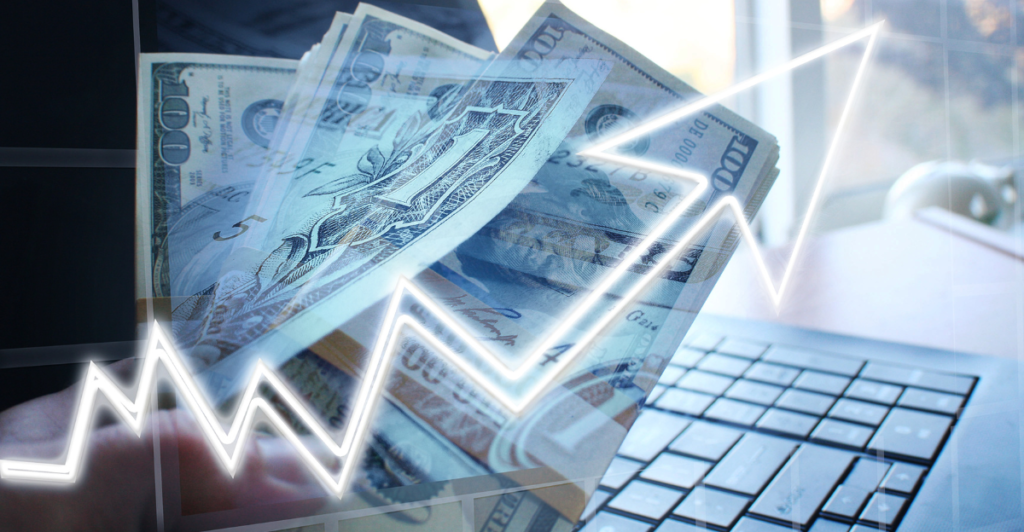
Passive investment’s strongest advantage is its cost structure. Typically, passive funds have less expensive fees because they track market indexes in a relatively straightforward approach, reducing management expenses. Over time, these cost savings can increase net returns for investors, making passive funds an option for those interested in efficient wealth accumulation.
Market Efficiency
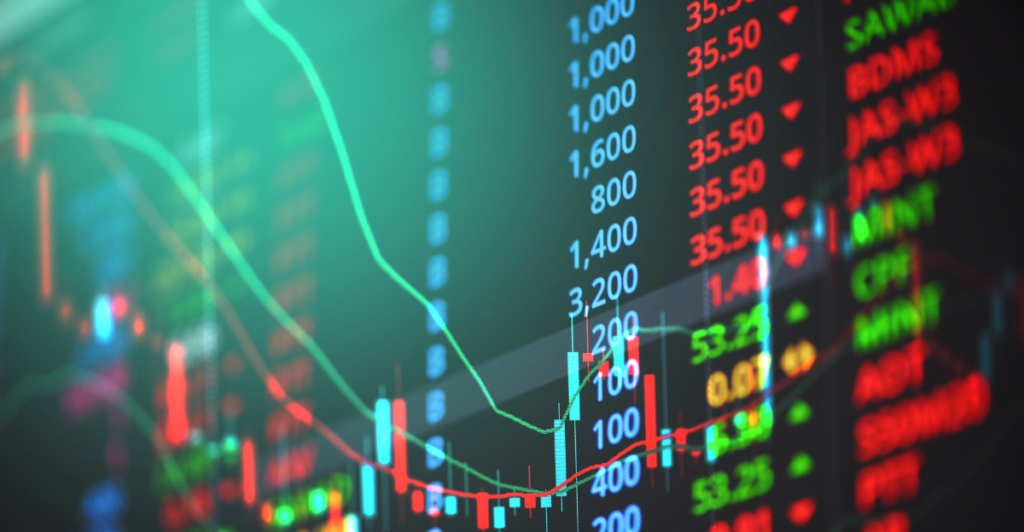
The Efficient Market Hypothesis suggests that asset prices incorporate all available information, which makes it difficult for active managers to consistently find undervalued securities. In this context, passive investing is based on the idea that outperforming the market is inherently challenging, supporting the logic of using passive strategies.
Financial Psychology

Behavioral finance studies prove that individual investors are often victims of cognitive biases, such as overconfidence and herding, resulting in suboptimal investment decisions. Passive investing steers clear of these pitfalls by cultivating a methodical, long-run approach that avoids market timing and speculation, thereby enhancing the scope for successful outcomes.
The Impact of Market Concentration

The increasing focus of market capitalization among a few dominant companies has implications for both active and passive investors. Passive investors benefit from the rise of these market leaders through index inclusion, while active managers are put under more pressure to identify other opportunities that can outperform these higher stocks. This once more tips the balance in passive investment’s favor.
Performance and Strategies

Some industries have performance trends that benefit and support passive investment strategies. For example, in 2024, passive funds tracking technology indices delivered spectacular returns, showing the industry’s healthy performance. This success illustrates that passive strategies can effectively capture the advantages of high-performing industries without using active selection.
The Market Concentration Risks Debate
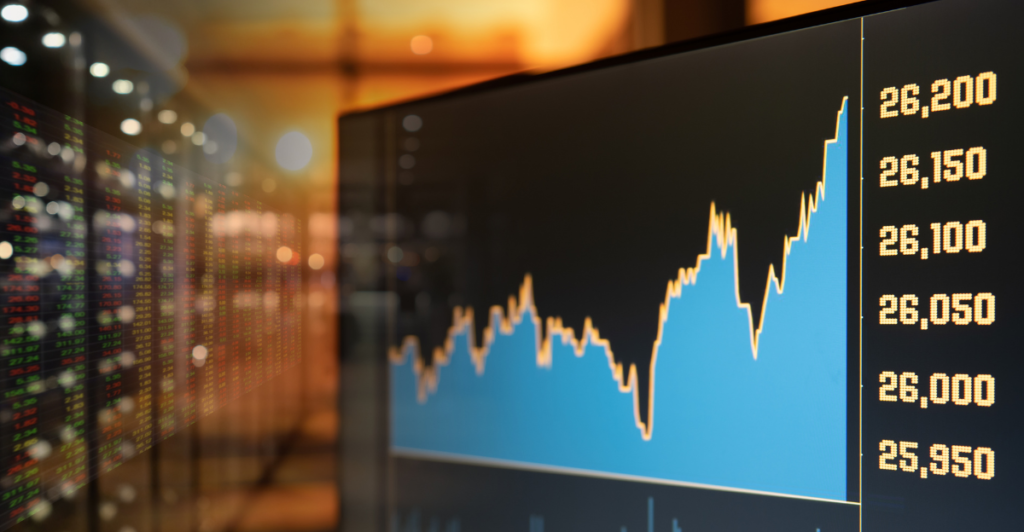
Despite the advantages of passive investing, some are concerned about the risks associated with market concentration. Critics argue that large-cap stocks dominance in major indices can reduce diversification and increase susceptibility to sector-specific downturns. This debate highlights the importance of understanding the composition and inherent risks of passive investment vehicles.
The Future Landscape of Investing

Technological innovation and access to more information have leveled the playing field between institutional and retail investors. With real-time information and analytical software at their fingertips, the information that active managers once had has been lost. The widespread accessibility of information has increased the demand for passive investment among a diverse range of investors, indicating that it might continue to outperform active investing.
Sources
Active for passive: Why it’s time for investors to give passive funds their due in 2025
Active vs. Passive Investing in 2025: A Fresh Perspective on an Old Debate